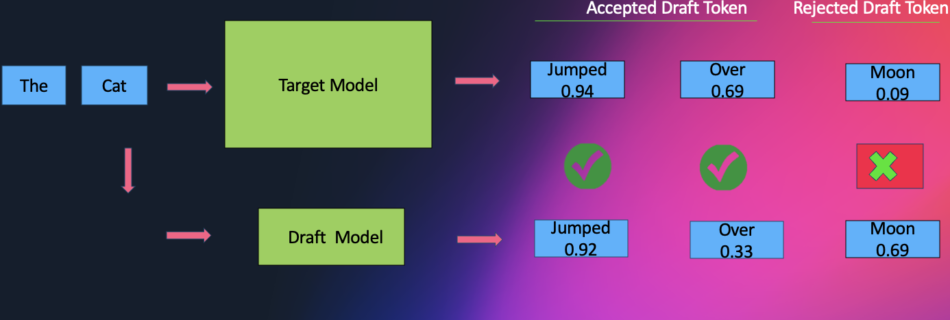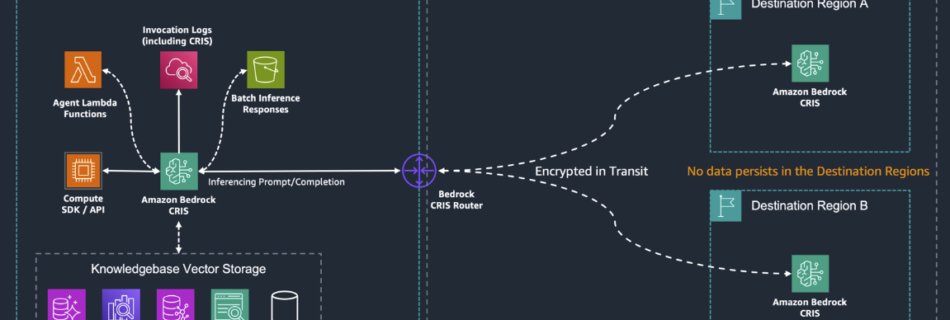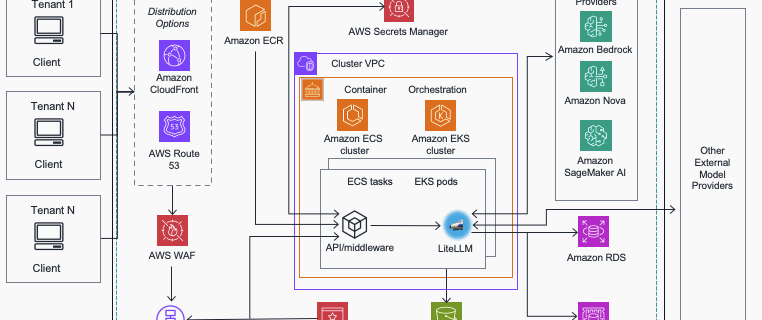How Myriad Genetics achieved fast, accurate, and cost-efficient document processing using the AWS open-source Generative AI Intelligent Document Processing Accelerator
This post was written with Martyna Shallenberg and Brode Mccrady from Myriad Genetics. Healthcare organizations face challenges in processing and managing high volumes of complex medical documentation while maintaining quality in patient care. These organizations need solutions to process documents effectively to meet growing demands. Myriad Genetics, a provider of genetic testing and precision medicine solutions …



